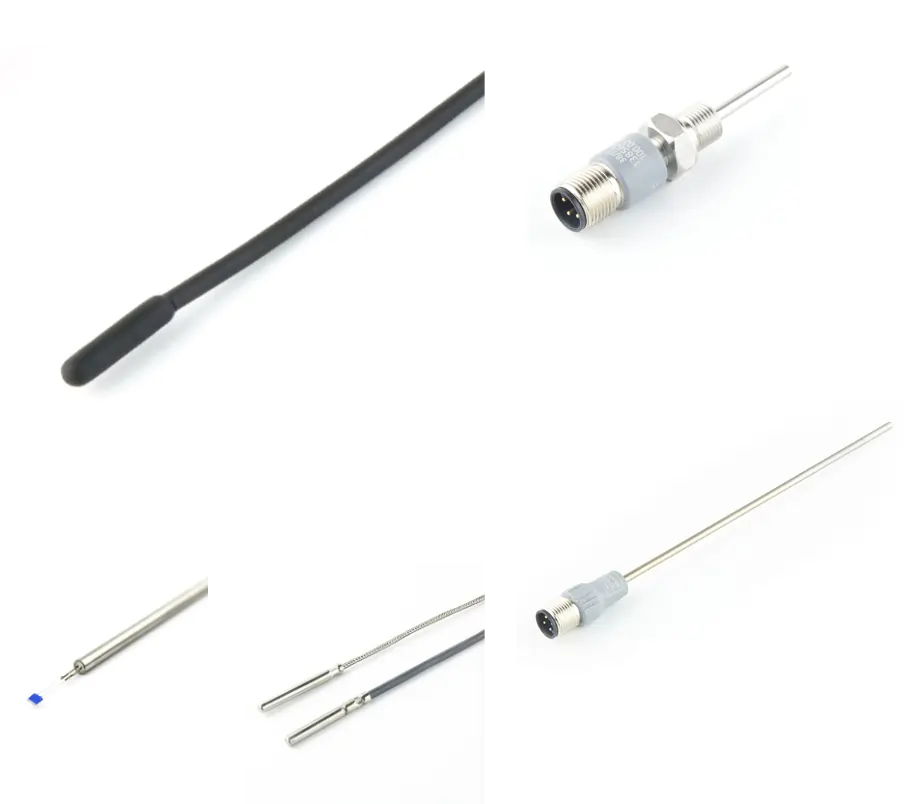Pt100 Probes
What is a Pt100?
Pt100 is a very popular and precise resistance thermometer. Pt is for Platinum, which the resistor is made of. 100 is for its resistance of 100 Ohms at 0 °C. As with all resistance temperature detectors (RTD), the sensing elements changes its electrical resistance with changing temperature.
Characteristics of Pt100 Sensors
Pt100 probes are rather linear and accurate in a wide temperature range. The temperature range of Pt100 temperature sensors extends from -50 to +500 °C. Dedicated cryogenic Pt100 probes can even go down to -200 °C. Outside of this range, we recommend the use of a thermocouple. The optimum diameter of Pt100 probes is 3 mm, but we can reduce it to 1.5 mm. For smaller diameters, again, we recommend to use a thermocouple. As opposed to thermocouples, you don’t need compensated leads with a Platinum RTD.









